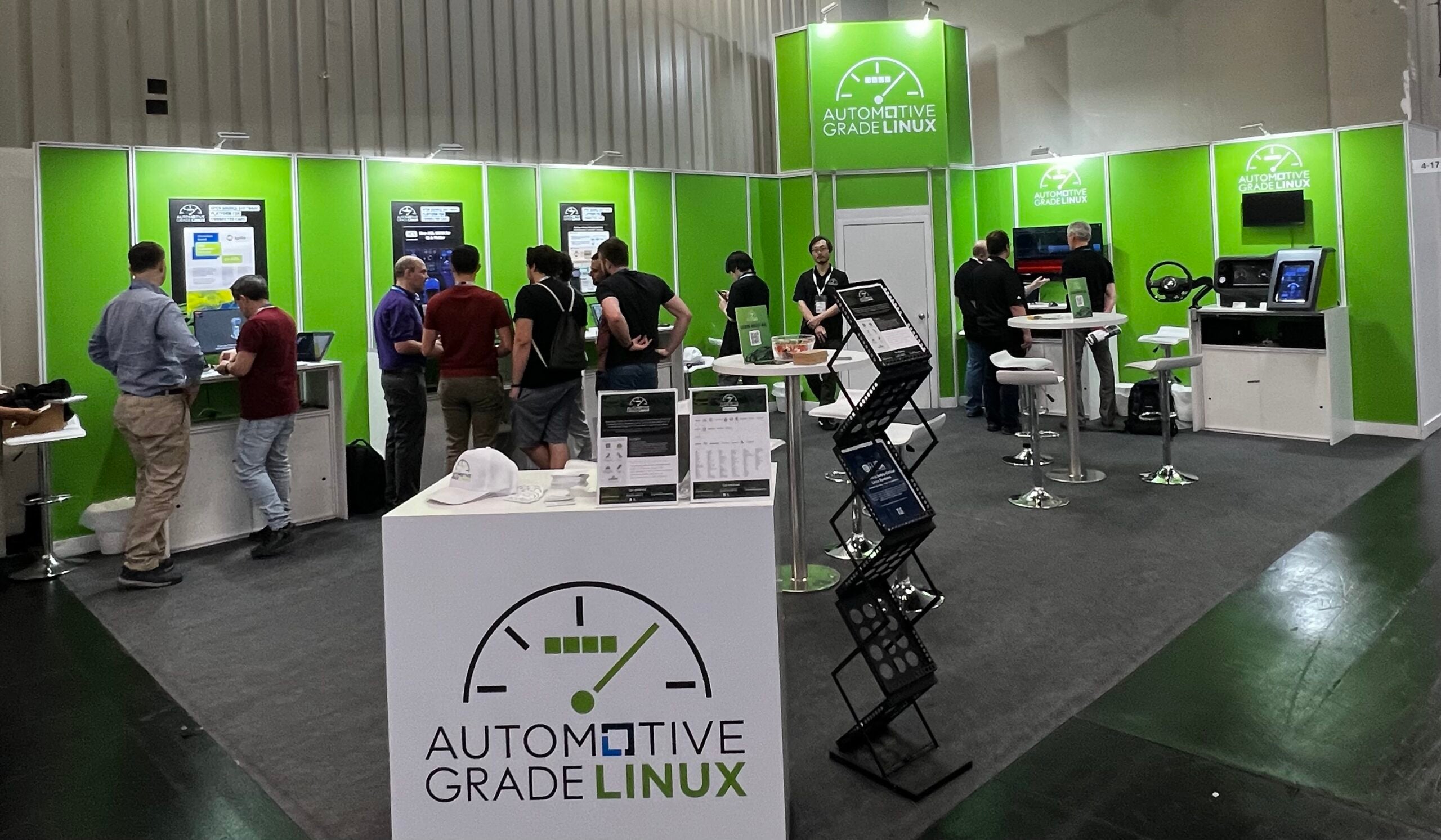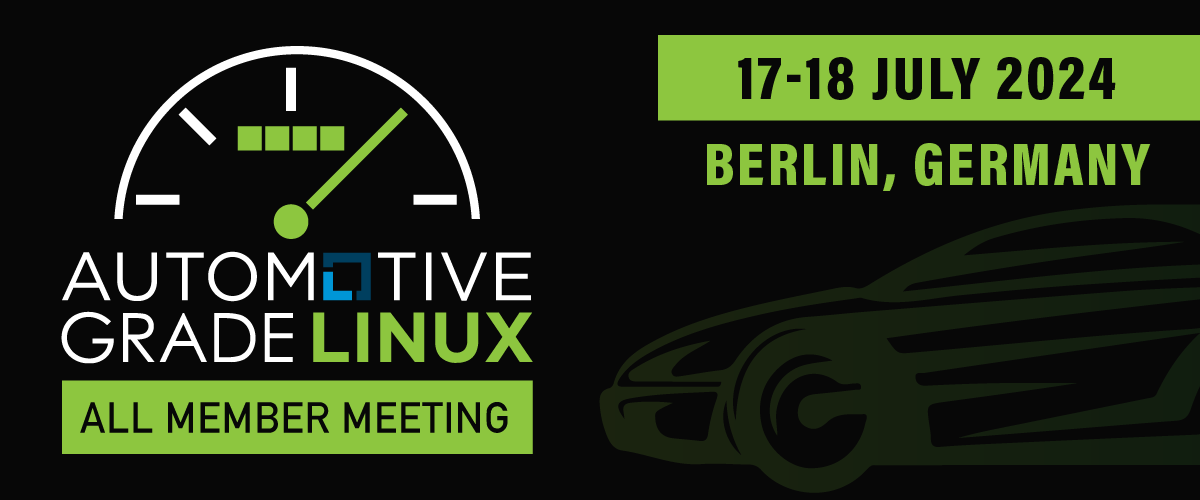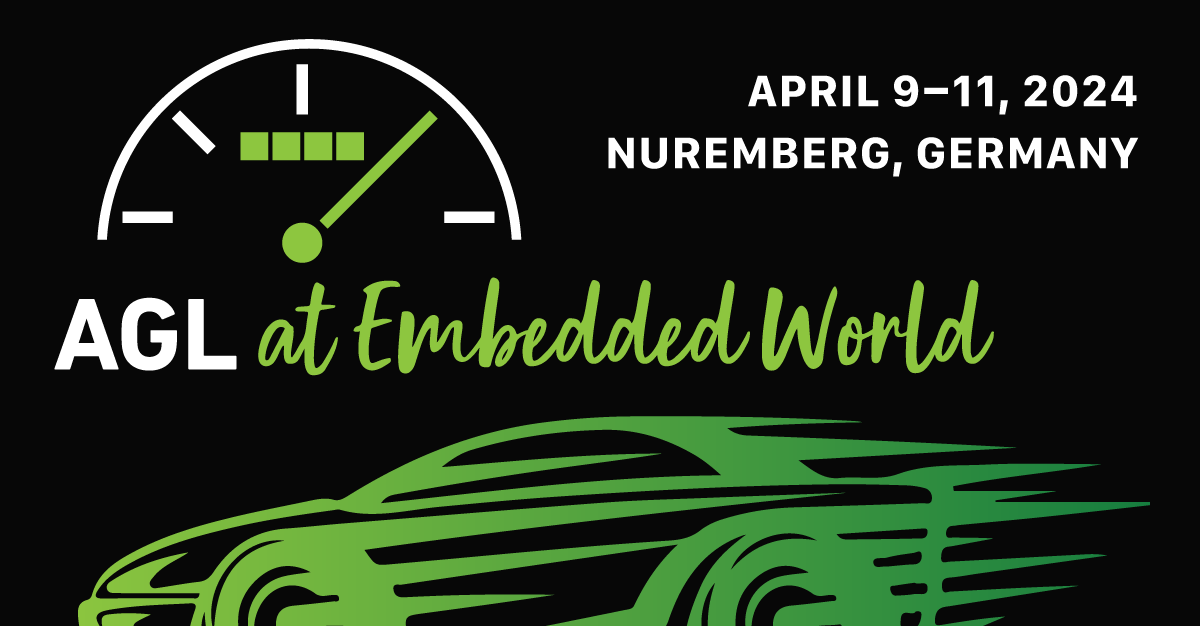Guest post by Michele Paolino, a virtualization architect at Virtual Open Systems who leads the AGL Virtualization Expert Group.
Virtualization is key for modern vehicles software architectures because it addresses the software portability and complex challenges we are currently experiencing in automotive. But most importantly, virtualization is the foundation of an architecture that enables software automotive community to compete on their products innovation, capitalizing its abstraction and portability features.
With this vision, the AGL Virtualization Expert Group (EG-VIRT) defined an open software-defined vehicle architecture that can be applied to a wide range of targets going from high-end premium cars to very low-end vehicles. The description of such architecture has been included in the white paper “Software Defined Connected Car Architecture” published in June 2018.
Since then, things have continued to evolve for automotive virtualization with continuous technical enhancements (for instance related to GPU virtualization) and with the announcement of the ELISA project that promises to implement a certifiable Linux kernel implementation. In the meantime, I have personally experienced an increasing interest in certified hypervisorless virtualization solutions such as VOSySmonitor. Such solutions do not use fully featured hypervisors, but leverage the very tiny code base of a certified system partitioner to create a safety-critical execution environment for ASIL workloads. The main reason why these solutions are gaining traction is scalability: they fit perfectly for simple use cases with two OSes (AGL and an ASIL one for instance), but if needed they can eventually support more complex scenarios with the use of open source virtualization solutions on top (XEN, KVM or Docker).
In this fast-changing context, the software-defined connected car architecture proposed by EG-VIRT is still sound and solid, because it envisions virtualization as a building block to enable portability, interoperability, performance, security, and safety but it is not bound to any specific implementation.
EG-VIRT Activity
EG-VIRT aims at becoming the integrator of virtualization solutions in AGL. One of the first activities of EG-VIRT was the integration of KVM in AGL, which has already been added and demonstrated. If interested, a step by step web guide is available to help you set up the environment for testing.
On top of this, Virtual Open Systems is now working on the enablement of the XEN hypervisor in AGL, to be used for non-ASIL automotive functions. A first patch series has already been proposed, and the plan is to complete the development before the next All Members Meeting (October 2019). At that point, it will be possible to decide at build time to run AGL in a XEN Dom0 environment with the possibility to run additional operating systems together with AGL.
For both KVM and XEN, the target hardware platform is today Renesas R-Car M3, but support can be extended to other boards as well.
The EG-VIRT Demo Proposal
Once the XEN patchset mentioned above will be merged in the AGL codebase, it will be possible to choose either XEN or KVM to run multiple OSes in a single AGL deployment.
This means that it will be finally possible to consolidate different AGL profiles together on the same hardware, which would be nice to see in the next AGL demo. If we combine the efforts of different AGL expert groups together, gluing them with virtualization, we could build an AGL demonstrator that is closer to what Tier-1 and OEMs want to see in their products.
For comments, latest news and to join EG-VIRT, visit the AGL wiki or join one of our biweekly developer calls.
About the author
 Michele Paolino leads today the AGL EG-VIRT. He serves as virtualization architect at Virtual Open Systems, the company developing VOSySmonitor, a hypervisorless and ASIL C certified virtualization solution for automotive and mixed criticality systems. VOSySmonitor running AGL and the AUTOSAR OS eMCOS has been demonstrated at Embedded World 2019. You can follow him on Twitter and LinkedIn here.
Michele Paolino leads today the AGL EG-VIRT. He serves as virtualization architect at Virtual Open Systems, the company developing VOSySmonitor, a hypervisorless and ASIL C certified virtualization solution for automotive and mixed criticality systems. VOSySmonitor running AGL and the AUTOSAR OS eMCOS has been demonstrated at Embedded World 2019. You can follow him on Twitter and LinkedIn here.




